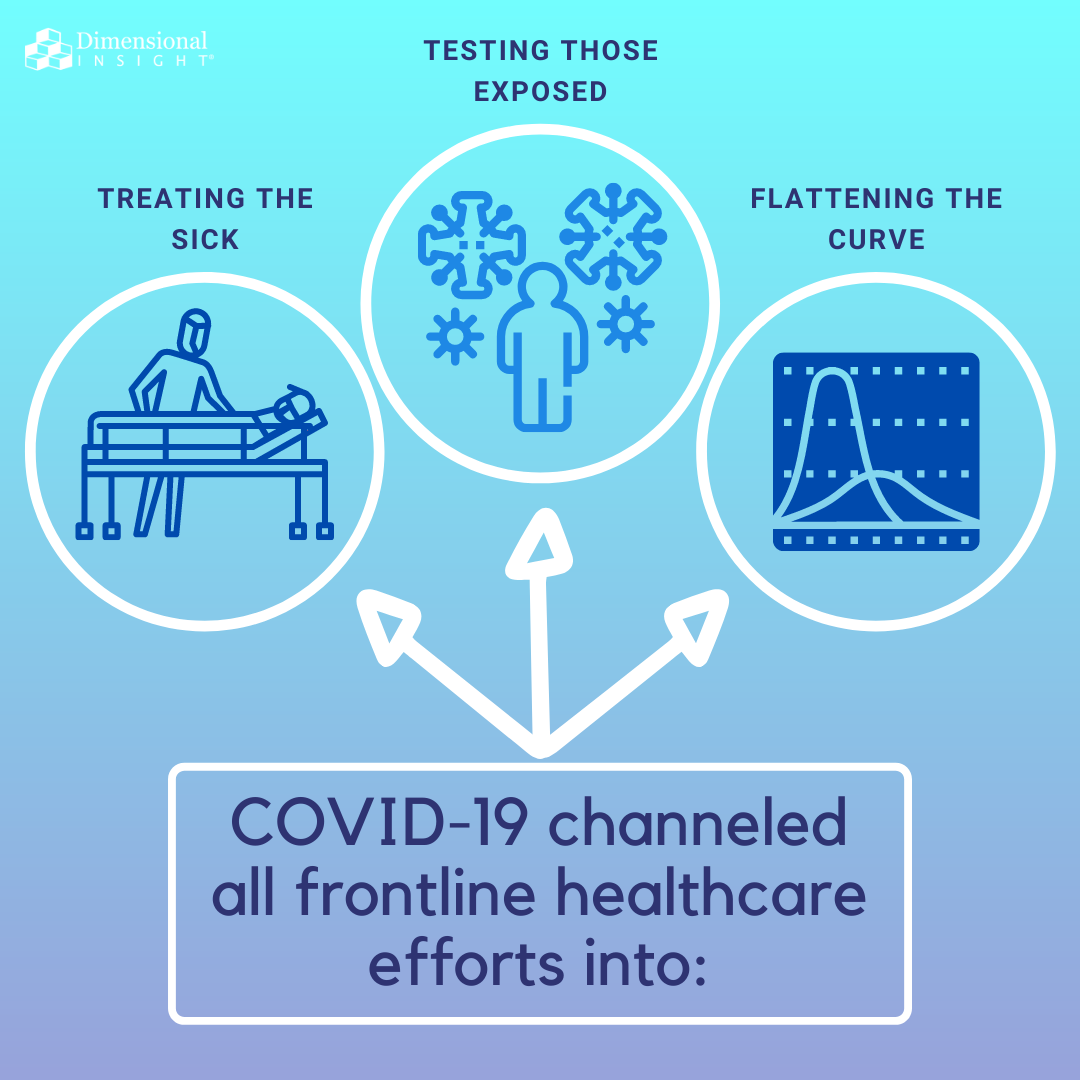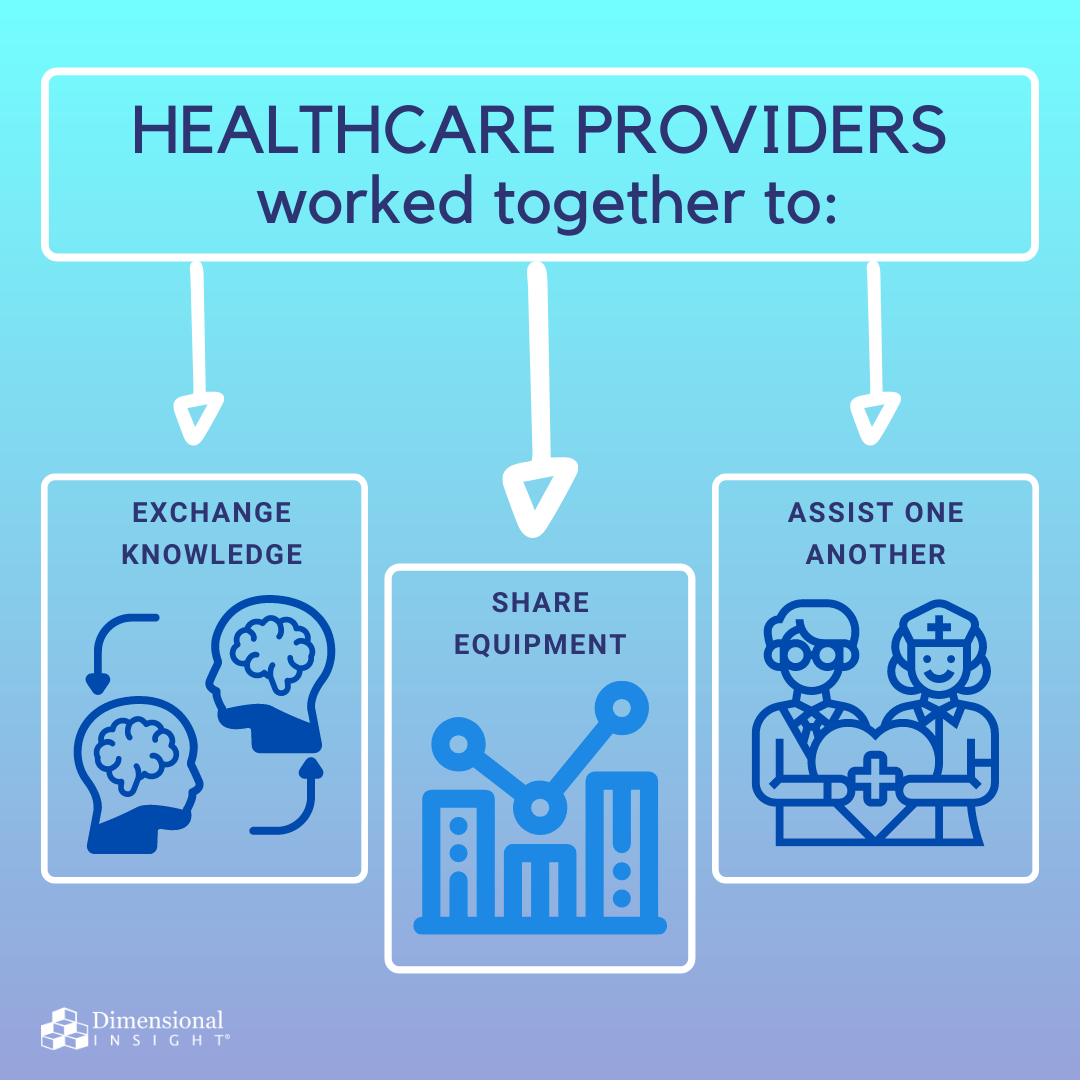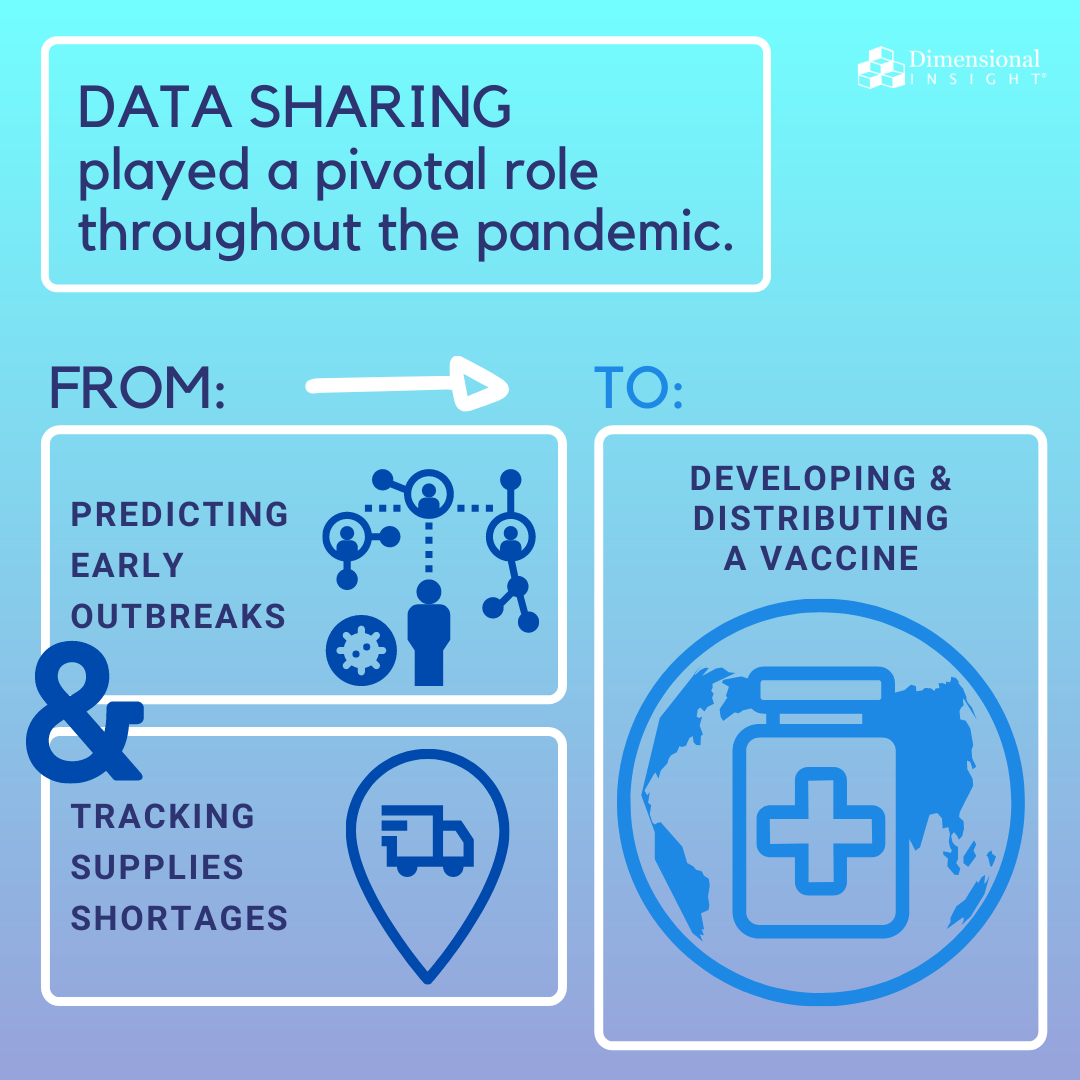The emergence of the COVID-19 virus presented the world with one of the greatest healthcare challenges ever seen in the modern-era. Devastating countless communities regardless of race, sex, or class, COVID-19 did not discriminate in the lives it ruined.
However, in the midst of so much tragedy, the perseverance of mankind shone through as healthcare systems across the planet experienced an unprecedented level of industry collaboration. Healthcare leaders dropped their own personal ambitions and dismantled bureaucratic barriers in order to establish a united front in fighting the pandemic. Now, it’s worth investigating if and how this transition to collaborative care may persist into the future, even after the public health emergency has subsided.
Emergence of team-based care
Under traditional pretenses, different departments within an organization often worked independently of one another due to the logistical challenges of integrating so many supporting roles. Despite evidence indicating that team-based care can enhance the patient experience, improve population health, and decrease the per capita cost of healthcare, organizations still struggled to coordinate care delivery across multiple providers and settings. However, that all changed with the introduction of COVID-19.
The onset of COVID-19 channeled all frontline healthcare efforts into treating the sick, testing those exposed to the virus, and ultimately flattening the curve. COVID-19’s rapid onset time and severe virality demanded that providers respond to new development quickly and efficiently. In addition to the patient-centered approach to care induced by the pandemic, many departments broke down their silos in order to facilitate more efficient operations in response to the urgency of the public health crisis.

From competitors to collaborators
The onset of COVID-19 introduced a common enemy for the healthcare industry to unite against. In order to properly protect not only their patients and staff, but the community as a whole, many organizations had to extend their response beyond their own facility and coordinate with other healthcare systems that would normally be considered their competition. Healthcare providers at every level worked together to exchange knowledge, share equipment, and even assist one another with facilitating care for infected individuals.
Industry collaboration also accelerated innovation in healthcare as organizations coordinated their efforts to meet the needs of those on the frontline. Having one specific provider challenge to focus on encouraged stakeholders to work together in finding a solution. Advancements in telehealth applications along with the development of a vaccine were two notable results of what could happen when multiple organizations come together to approach a common goal.

Data sharing
One of the biggest instruments in fighting COVID-19 was the extensive data sharing between organizations. Even before the pandemic, community-driven data was vital to implementing public-health initiatives. With the onset of the pandemic, many organizations relaxed their data sharing restrictions in order to facilitate treatment research and help protect other communities. The sudden influx of data sharing fueled innovation throughout the industry and paved the way for new medicines, equipment, and even methodologies.
Data sharing played a pivotal role throughout the pandemic, from predicting early outbreaks and tracking supplies shortages, to developing and distributing a vaccine. Previously competitors, many hospitals came to rely on one sharing data with one another to better understand critical metrics such as capacity constraints. Even now, data from the pandemic is still being used to evaluate new strains and better prepare for future public health emergencies.

Looking to the future
Success stories in fighting the pandemic demonstrated what the healthcare industry was capable of accomplishing when working together to overcome a common obstacle. But how will these new collaborative trends age as we move forward from the pandemic and providers adapt to the “new normal?” In some communities, different hospitals/offices operating under the same healthcare system now operate as a single integrated and united care network after working together during the height of the pandemic.
The progress achieved from the data sharing between organizations also paved the way for future advances in interoperability. There is a vast amount of potential embedded in data that can only be fully realized when distributed across groups that can effectively utilize it. The unprecedented level of innovation witnessed during the pandemic depends on the continued data collaboration within the industry if it is to carry its momentum into the upcoming years.
In other cases, collaboration during the pandemic highlighted weak links in certain healthcare supply chains as other organizations were forced to provide aid to compensate for shortages. To best prepare for future crises, the healthcare industry needs to take advantage of the collaborative opportunity presented by the pandemic and use it to address major weaknesses in healthcare.
Learn more
Although COVID-19 prompted many healthcare organizations to work together in fighting the pandemic, it’s still yet to be seen how this may translate to future collaboration. To read more about what the healthcare industry learned from the pandemic, check out our whitepaper — “Forrester Q&A. Lessons Learned by Healthcare Organizations During the COVID-19 Pandemic.”
- How Spirits Brands Can Improve Brand Loyalty with Data Analytics - January 30, 2024
- The Collapse of Herbl, and How Other Cannabis Distributors Can Avoid the Same Fate - January 24, 2024
- Top 5 Blog Posts of 2023 - December 28, 2023




